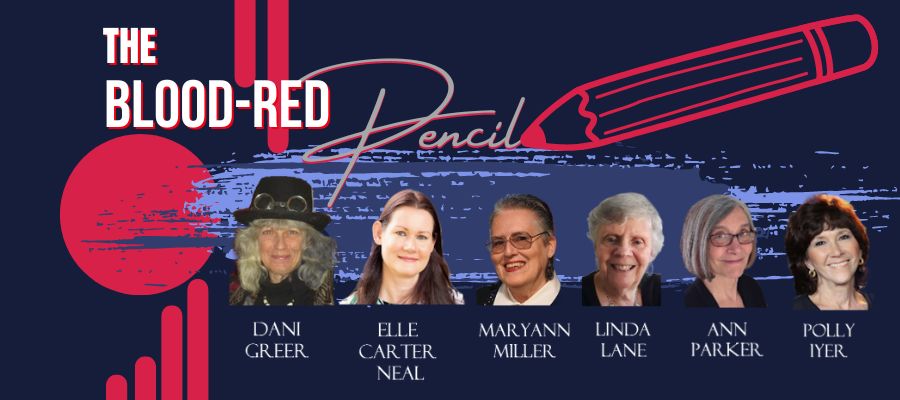Photo credit: Google Images This morning, there was a ghost of a chance I might finish the book review I had planned for this last day of the month. I'm afraid you'll have to wait until November though. My time somehow disappeared into the ethers. It's just as well, because in November we'll focus on new books published by our friends and favorite writers, to give you ideas for holiday shopping. So I'll share my favorite new thriller author in a few days. Tomorrow is National Author's Day - how cool is that? I think someone should take us all out to dinner, don't you? Add to that National Life Writing Month (life writing is what we call memoirs now) and Pursuit of Happiness Week and you see why we can think of lots to be thankful for other than just Thanksgiving Month. We'll share some of the things we're grateful for in upcoming posts, because it's a pretty good time to be a writer despite how bad the news makes it sound. We hope you
